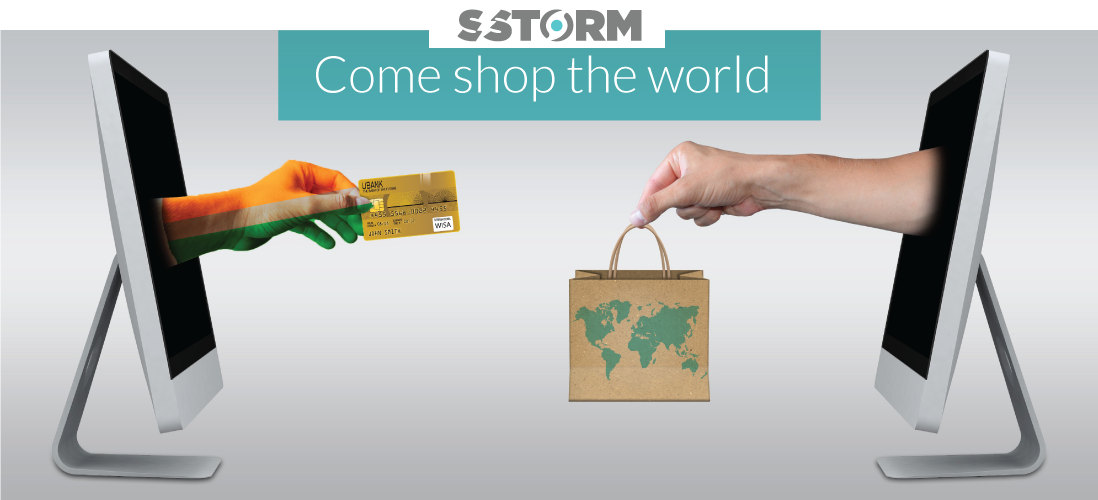
SSTORM | International Shopping For India
By Arzan Irani on Aug 16, 2019
SSTORM was founded as a partnership to tackle the inefficiencies in the Indian e-commerce landscape for international purchases. This post will showcase my contributions to the business along with overviews of the problem and the opportunities for the business model while highlighting the strategic solutions and market placement for the business. Finally, I will also share a brief overview of the performance and current status of the brand.
Idea to launch: 4 months (September 2016 - December 2016)
Launch Date: 9th January 2017
Dates of Operation: January 2017 - March 2018
What was the problem?
Lack of innovation for the everyday consumer
Whether it is the scarcity of an urban population or the lack of technology, at the time of launching SSTORM, India had a shortfall of innovation that would help appease the troubles for most everyday consumers. The major industries in the country include textiles, chemicals, food and agriculture, steel and software, and none of these produced products that would alleviate a common citizen’s day-to-day problems.
This scarcity of innovation would lead Indian consumers to look beyond their borders to overseas markets where innovation and small businesses were thriving and producing gizmos and lifestyle products that helped ease daily difficulties.
Taxes, Fees and Red-Tape.
India commands a tightly scrutinized border. Most imports into the country are levied taxes ranging from 22-50% - depending on the commodity - while requiring a plethora of paperwork that ranges from proof of buyer identification, import forms, and tax obligations.
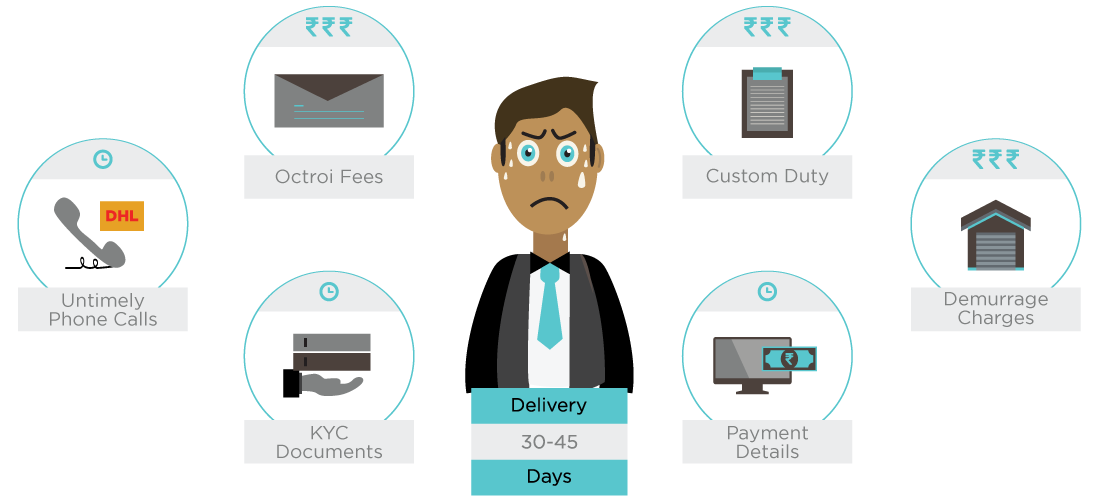
This red-tape adds a considerable amount of friction and cost to the buying process. To add to the challenges, most of these regulations are beyond the purview of the average consumer and hence result in the need of middlemen to undertake the importing.
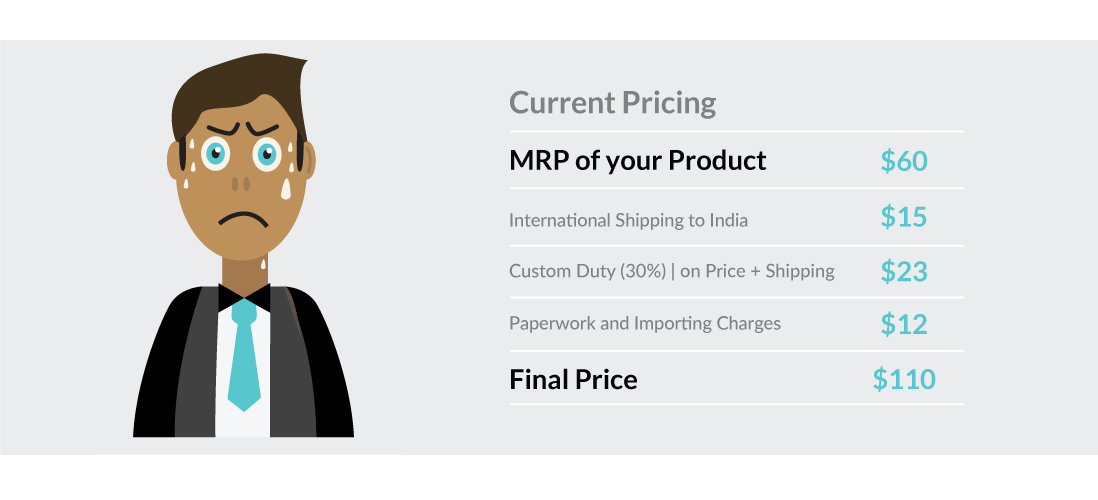
The end result, the Indian consumer pays a horrendous markup on all international purchases while enduring a gruesome buying experience making a $60 product available in America cost $110 in India.
How did we solve the problem?
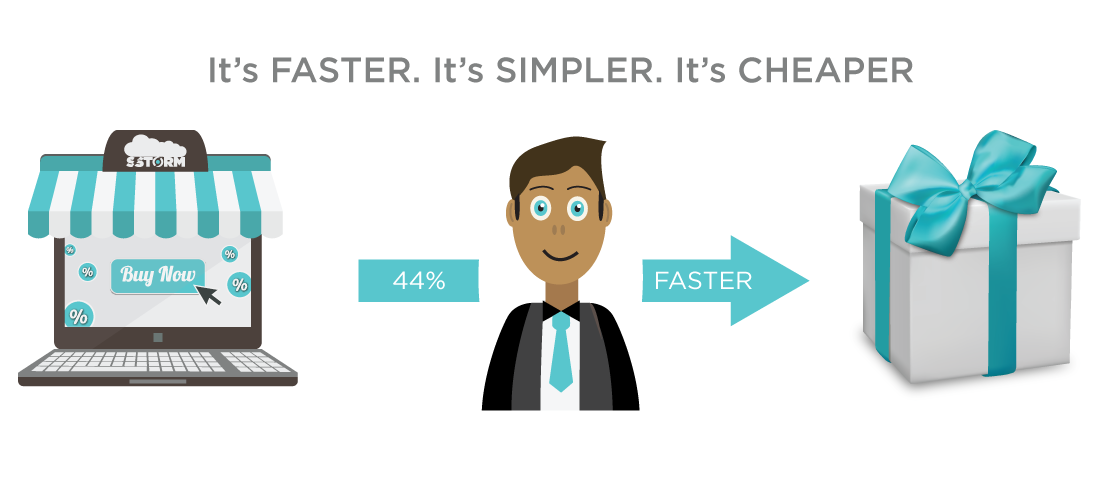
Simplify international shopping into a two-click purchase, with no further involvement. We sell innovative products from cutting-edge global brands to Indian customers at the manufacturer’s original MRP - as it is on their website in their country - including all additional fees.
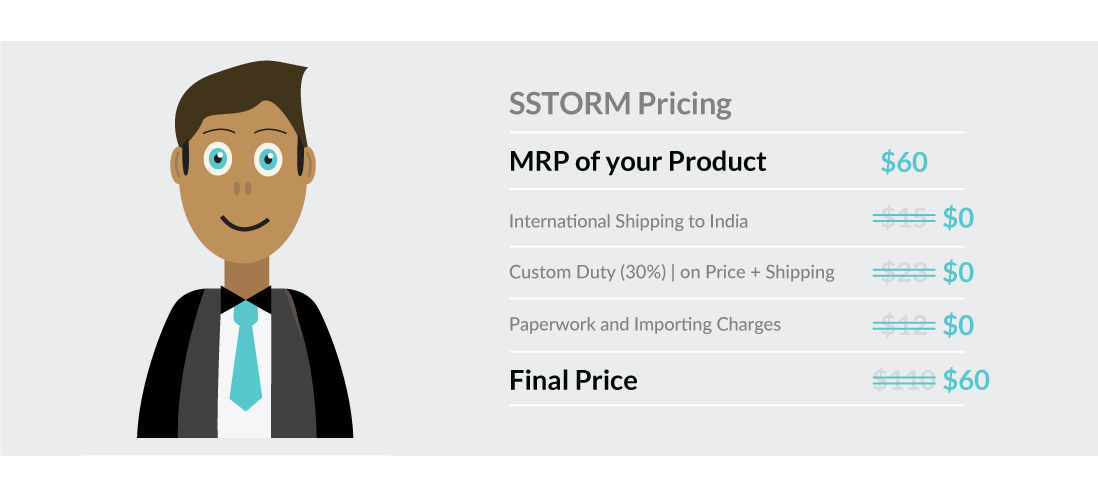
All charges for international shipping, customs duty, clearance, and domestic delivery are included in the same MRP, and the order is delivered in 2-3 weeks with no paperwork/customs hassles for the Indian consumer.
What was the business model?
Having previously developed a consumer electronic product of my own and having taken my brand to market, I was aware of a few tricks of the retail industry. Any consumer centric brand aiming to sell through offline retail channels requires close to a 400% markup between its cost price and final retail price.
Hence, a product that costs $25 to make would be retailed at $100 with the national distributor, regional distributor, retailer, and finally your brand each having their own piece of the $75 margin. The buffer required only grows as you aim to penetrate international markets.
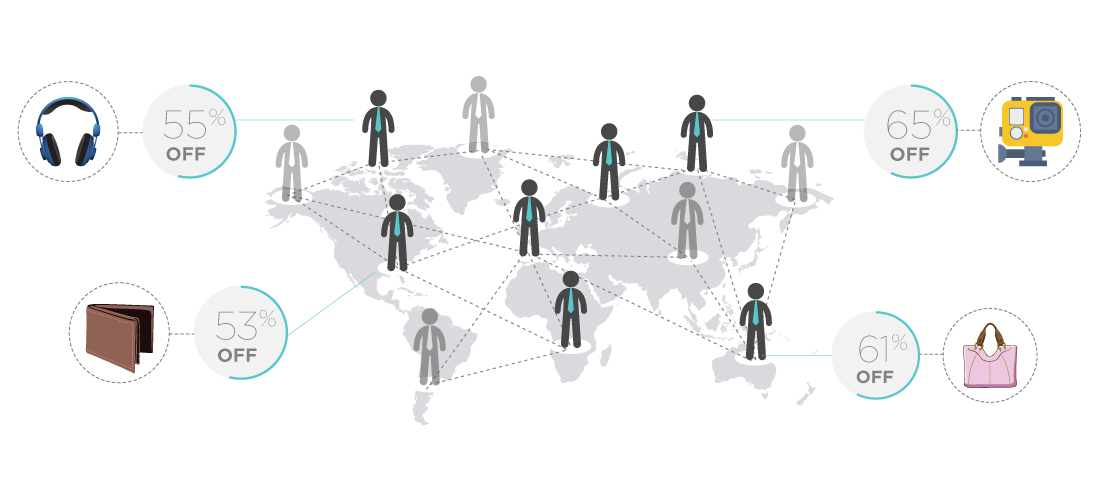
With this knowledge at hand, and a network of startups and successful crowdfunding companies from our prior experience, we were able to convince international brands to provide us a 50-60% markdown from their retail price. In exchange, we gave the brands a taste of the Indian e-commerce landscape with the promise of further establishing them if they see some traction.
This margin allowed us to cover all expenses to legally import and deliver the products to Indian consumers.
The Team
The founding team of SSTORM comprised of:
- Armaan Gandhi | CEO
- Anup Gandhi | COO
- Arzan Irani | Data Engineer and Analyst
- Ryan LaValle | Partner
- Sahej Sethi | Marketing Head
My Role | Data Engineer and Analyst
As a data engineer and analyst, I developed and deployed management information systems and delivered dynamic business intelligence dashboards for SSTORM. My objectives were to get the company data-ready by:
1) engineering data warehousing & creating company-wide data accessibility
2) automating repetitive workflows to improve efficiency and reduce management man-hours
3) producing detailed analytics for all departments of the company to drive performance through knowledge and insight
A few of my responsibilities are listed below:
International Vendor Management Software
Order Fulfillment Center and Inventory management
Accounting, Taxes and Business Analytics
What was the target audience and market size?
At the time of launch in 2017, India’s e-commerce industry was among the top two fastest growing e-commerce markets in the world. As of 2018, according to Times of India it is the fastest growing e-commerce industry, with China close behind.
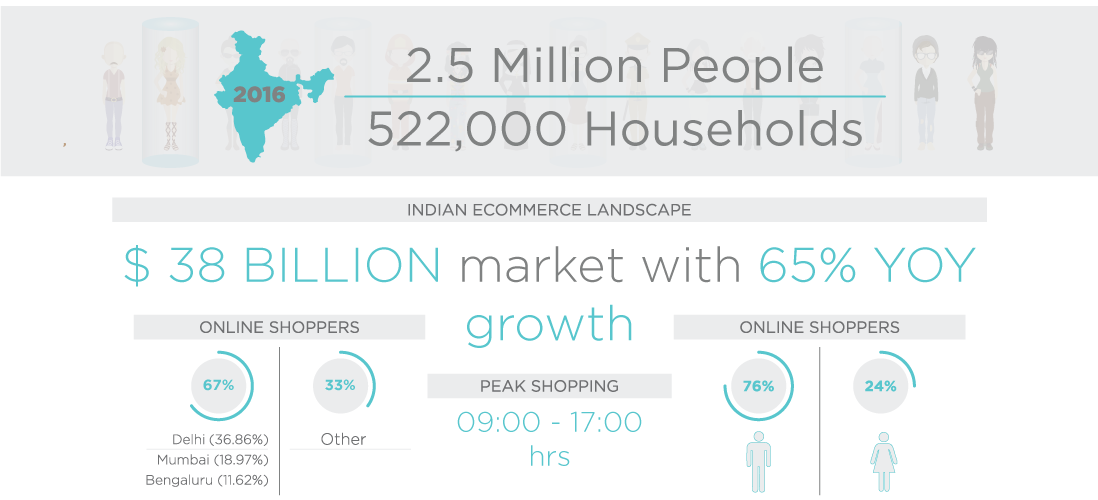
With a 38-billion dollar industry pegged to have accelerating growth, and e-commerce tycoons like Amazon entering the game, the online shopping trend in India was destined to soar.
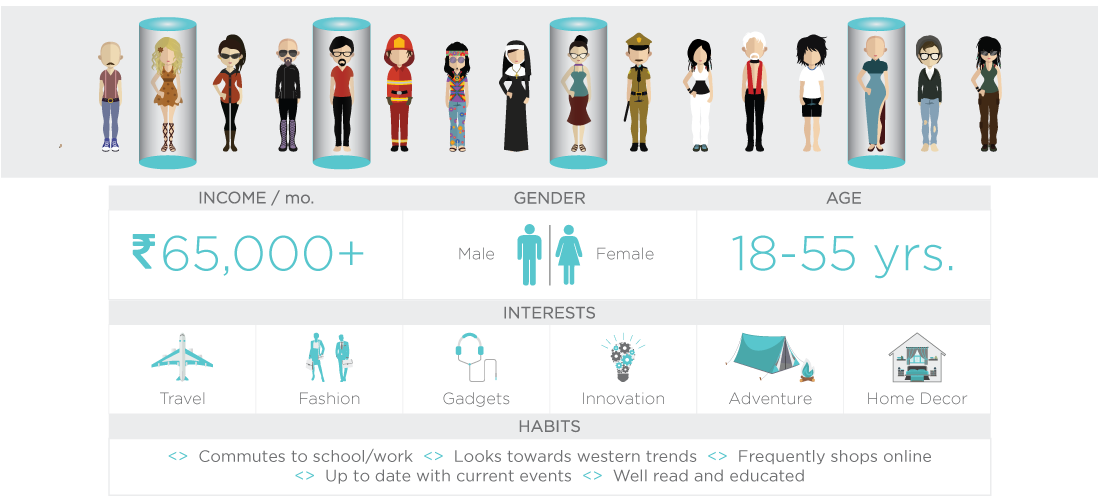
SSTORM aimed to target 2.5 million households in India as its market. Among other things, these households would be urban-centric and have household incomes exceeding $1000 per month, while having interests in adventure, travel, fashion, and gadgets.
Press
India Retailing | SSTORM launches international e-commerce platform for Indian market
Business World | SSTORM Forays into $36B Indian eCommerce Segment Selling International Products
Performance (9th January to 9th September)

SSTORM was officially launched to the Indian market on 9th January 2017. Over the course of the first 8 months, the brand was able to attract 273,892 visitors to its shopping platform
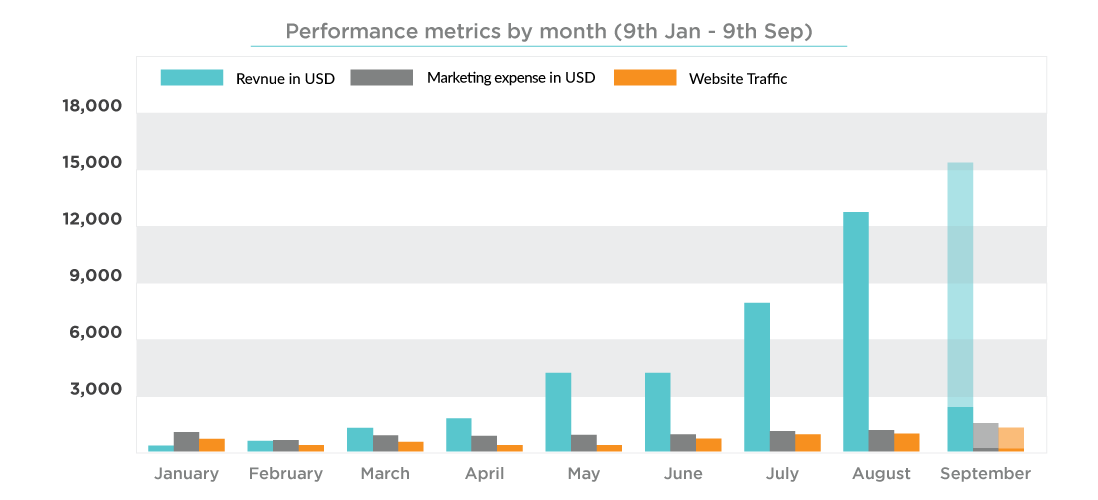
The brand saw exponential growth and was on track to make 14,000-15,000 USD in September of 2019. This was achieved with an average marketing budget of $650 per month.
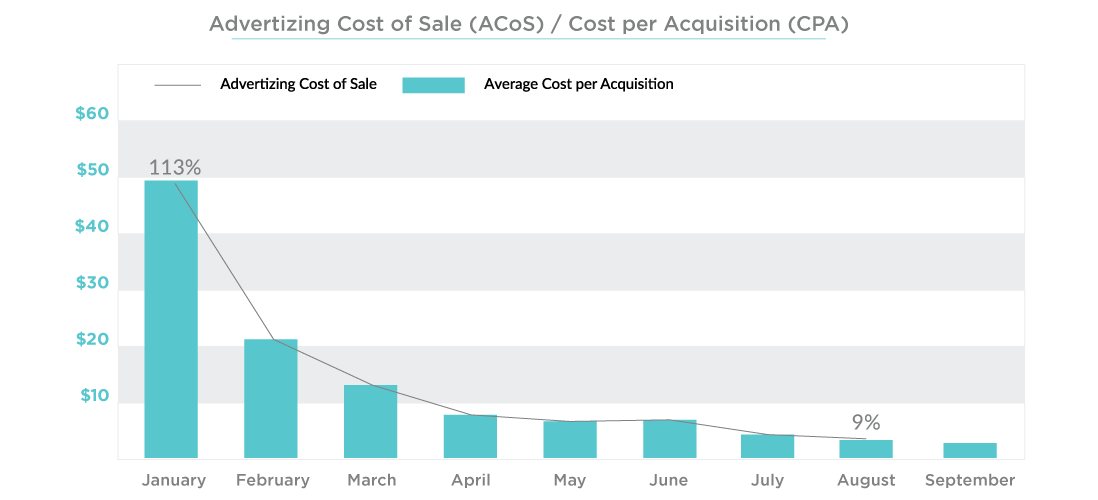
The average cost of sale, which denotes the percentage of the average transaction spent on advertising saw a considerable drop month on month which could be attributed to the brand’s awareness growing due to promotional activities and word-of-mouth advertising. This in-turn also lowered the cost per acquisition which marked the total dollar amount spent to acquire a paying customer.
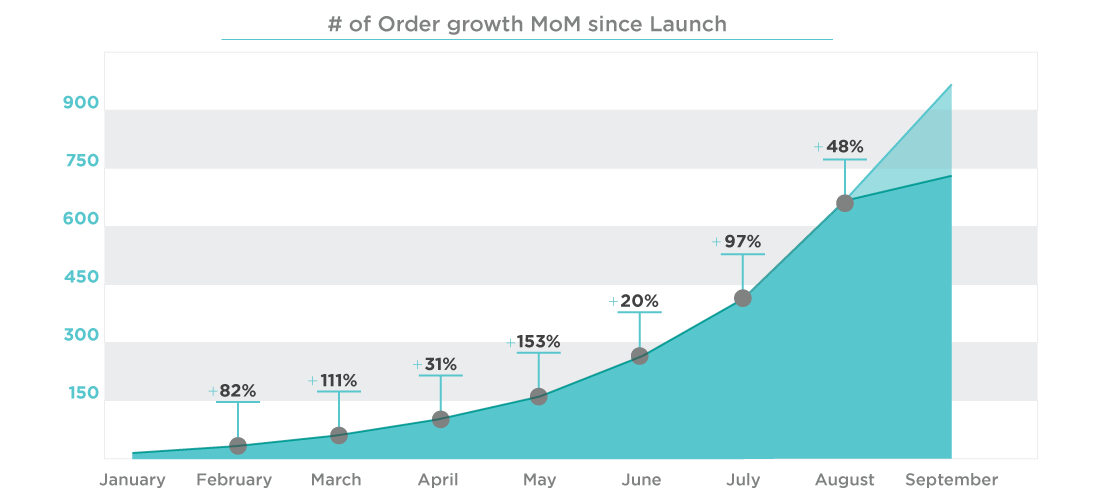
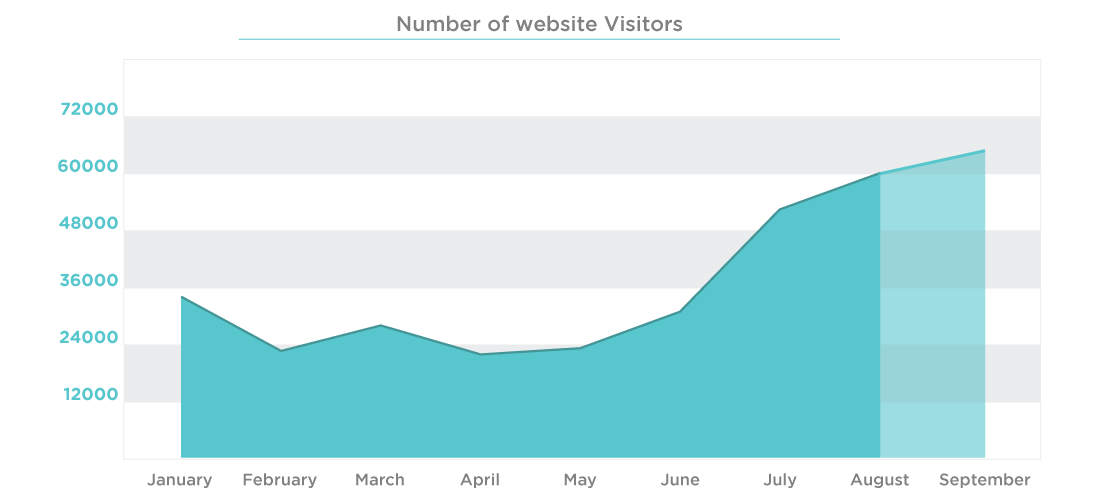
With marketing promising and encouraging result, orders on the platform continued to grow. However, due to a constraint to our marketing budget, our traffic remained between 1500-2000 daily visitors.
What were the operational challenges?
Cash-Flow
While India’s e-commerce is a booming industry, it is yet to overcome some teething problems. Due to its fledgling status, Indian customers are still to fully embrace e-commerce in a form that most developed nations recognize. In a jarring contrast to the west, India is still a primarily cash-first economy. As a consequence, a lion’s share of the e-commerce orders are fulfilled on a Cash on Delivery basis. This implies a customer will pay for his order by cash when delivered to his/her address.
This caveat raised a number of challenges for our business model, the biggest of which was cash flow. Since most Indian customers would only pay for orders on delivery, SSTORM was required to front the money to purchase goods from its international vendors. To make matters worse, customers would often reject their order on delivery with no concrete reasoning. As a consequence, the business required a constant supply of money in order to account for lag in cash flow and dead inventory - a problem that would only get larger with scale.
Funding
Due to the inherent lag in cash-flow in the business model, raising money was an important criteria to scale. SSTORM was pitched to a variety of financial institutions in the venture capital and angel investment sectors - such as Mumbai Angels, Indian Angel Network as well as smaller independent investors. Unfortunately, the company failed to secure funding at a desirable valuation.